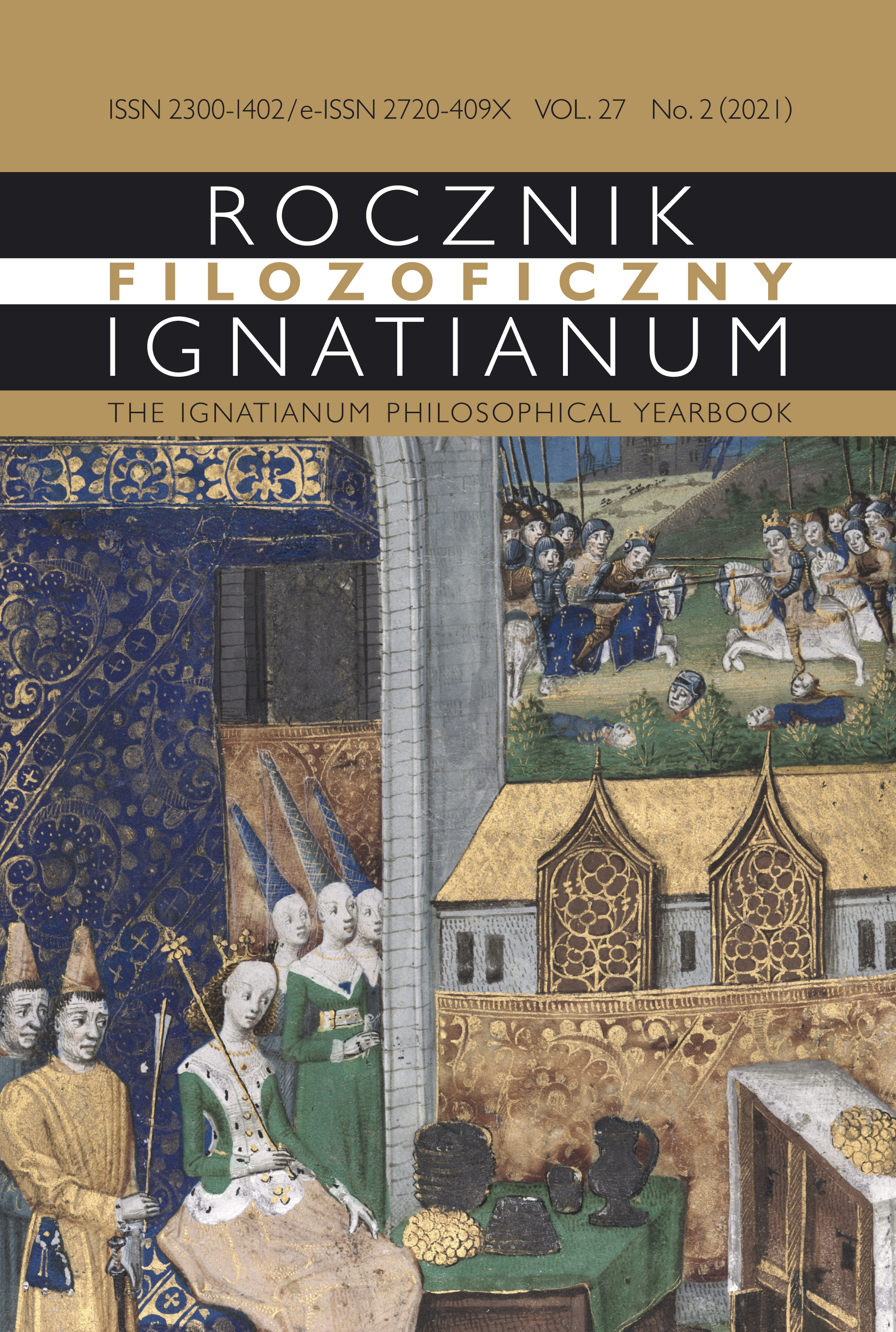Introduction
Abstract
Like the earlier issue of the Yearbook, this one also consists of two major parts. The first is devoted to the cultural and intellectual climate of the courts of queens in medieval and modern Europe. At the beginning of the 2000s, comments made in Polish historiography that we know little about the queens and their role in the state, or about their environment, and that the structures of the courts of Polish duchesses and queens remain outside the mainstream of research, were by all means correct. Over the past twenty years, however, the subject of the courts of Polish queens in the Middle Ages and in the modern era has gained a group of scholars who have increasingly went beyond structural and interpersonal studies, and in Polish studies, the current of queenship, which is part of this problem and which has enjoyed a noticeable popularity in Western historiographies, is more and more visible.
Copyright (c) 2021 Jesuit University Ignatianum in Krakow

Dieses Werk steht unter der Lizenz Creative Commons Namensnennung - Keine Bearbeitungen 4.0 International.
Rocznik przyjmuje do druku wyłącznie materiały, które nie wchodzą w żaden konflikt interesów, żaden konflikt z prawem autorskim itp. Redakcja prowadzi działania przeciw: plagiatom, ghostwriting1, guest/honorary authorship2 itp. Autor pracy zbiorowej, który jest pierwszy na liście, bierze na siebie odpowiedzialność i ma obowiązek przedstawić wkład wszystkich współautorów. Jeśli publikacja powstała dzięki dedykowanym środkom finansowym, należy ujawnić to np. w Podziękowaniu, przypisie itp. Ew. przedruki wymagają jawnego zgłoszenia i okazania odpowiedniego pozwolenia wydawniczego. Autorzy / Recenzenci nierzetelni narażają się na reakcję właściwą stosownym instytucjom.
______
1 Ma to miejsce, gdy osoba mająca istotny wkład jest pominięta na liście Autorów czy w Podziękowaniu.
2 Zachodzi, gdy na liście autorskiej pojawia się osoba mająca znikomy/żaden udział w pracy.





